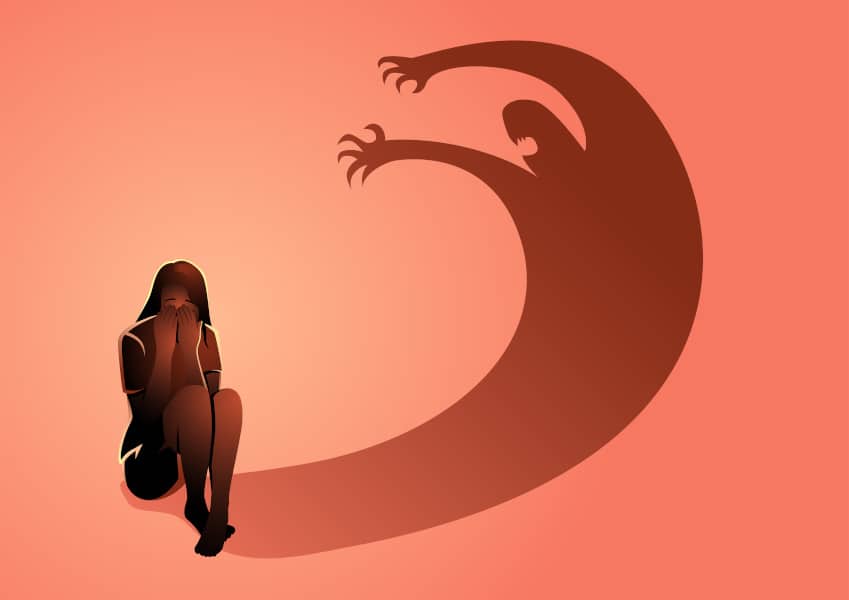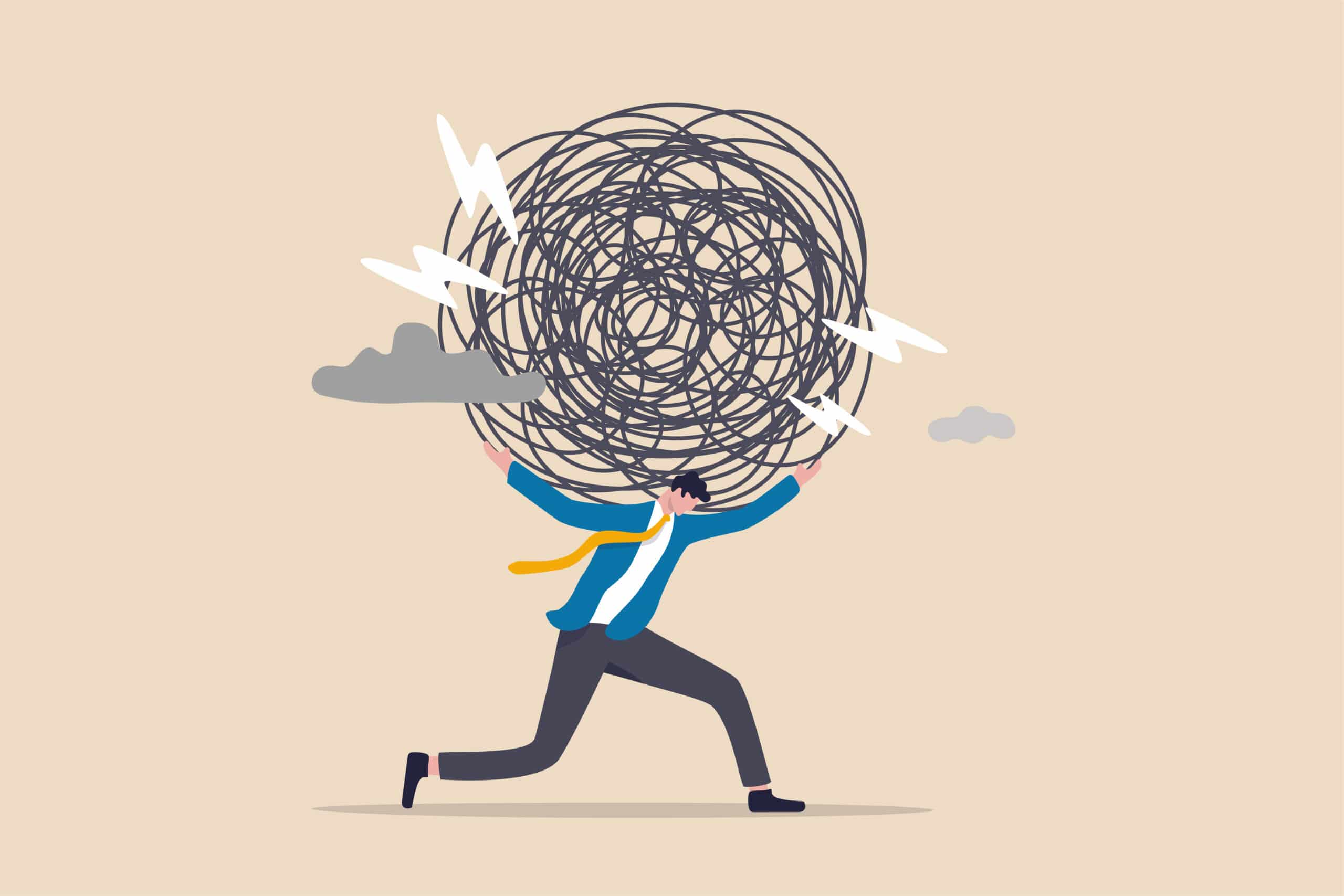Anxiety disorders are the most common mental illness in the United States. More than 40 million adults, or 19.1% of the population, experience an anxiety disorder each year.1 Some conditions fall under the umbrella of anxiety disorders, including panic disorder and generalized anxiety disorder.
While the two share similar symptoms, they are still two separate, distinct conditions. Understanding the difference between these disorders is the first step to ensuring you receive the proper treatment. What are the differences between anxiety and panic disorder and generalized anxiety disorder?
What is Anxiety and Panic Disorder?
Anxiety and panic disorder is a condition characterized by persistent and unexpected panic attacks that occur regardless of whether there is actual danger. According to the Diagnostic and Statistical Manual for Mental Disorders (DSM-5), a panic attack involves the sudden onset of extreme fear accompanied by multiple physical or psychological symptoms. Panic attack symptoms come on suddenly and typically peak within 10 minutes, although sometimes they last longer or occur in succession.
Symptoms of a Panic Disorder
Some of the symptoms of a panic disorder include:
- Chest pain
- Chills
- Hot flashes
- Excessive sweating
- Nausea
- Numbness
- Shortness of breath
- Feelings of choking
- Trembling or shaking
- Heart palpitations or accelerated heart rate
- Fear of dying, losing control, or “going crazy”
- Feeling dizzy, light-headed, or faint
- Feelings of depersonalization
What is Generalized Anxiety Disorder?
Generalized anxiety disorder is a condition characterized by excessive worry that causes notable problems or impairment and occurs on most days for at least six months.2 People with GAD commonly experience excessive and extreme worry about minor issues. This pervasive sense of uncertainty leads to somatic symptoms and behavior changes in attempts to manage, control, or avoid unpleasant feelings.
Symptoms of Generalized Anxiety Disorder
Some symptoms of generalized anxiety disorder include:
- Fatigue
- Trouble sleeping
- Muscle tension
- Trembling
- Nausea
- Irritability
- Persistent worry about problems that are not as impactful or extreme as they seem
- Overthinking plans and creating solutions for all possible worst-case scenarios
- Perceiving interactions or experiences as threats, even if they aren’t threatening
- Difficulties managing uncertainty or unknowns
- Fear of making the wrong decision
- Inability to relax
- Difficulty concentrating
Finding Help for Your Anxiety Disorder
Both generalized anxiety and panic disorder are serious conditions that may require professional intervention.3 And although anxiety disorders are highly treatable conditions, only 36.9% of people receive treatment. Thankfully, treatment is still available for those who want to find hope and help to heal from their consuming anxiety.
Treatment for anxiety and panic disorder teaches people skills to cope with their excessive worry and overcome difficult symptoms. Facilities like LifeSkills South Florida understand the difficulties that come with symptoms of a panic disorder or GAD and are equipped to walk you along a path back to wellness. We offer treatment for anxiety and panic disorder, as well as other conditions that you or a loved one may be living with.
To learn more about the programs available at LifeSkills Florida, call us today at 866-321-9430 or submit an online contact form. You can speak with an admissions specialist who will outline your options and help you find the program that is best suited for your needs.
References
- Anxiety & Depression Association of America. (2022). Anxiety Disorders – Facts & Statistics.
- American Family Physician. (2022). Generalized Anxiety Disorder and Panic Disorder in Adults.
- National Institute of Mental Health. (2022). Generalized Anxiety Disorder: When Worry Gets Out of Control..




